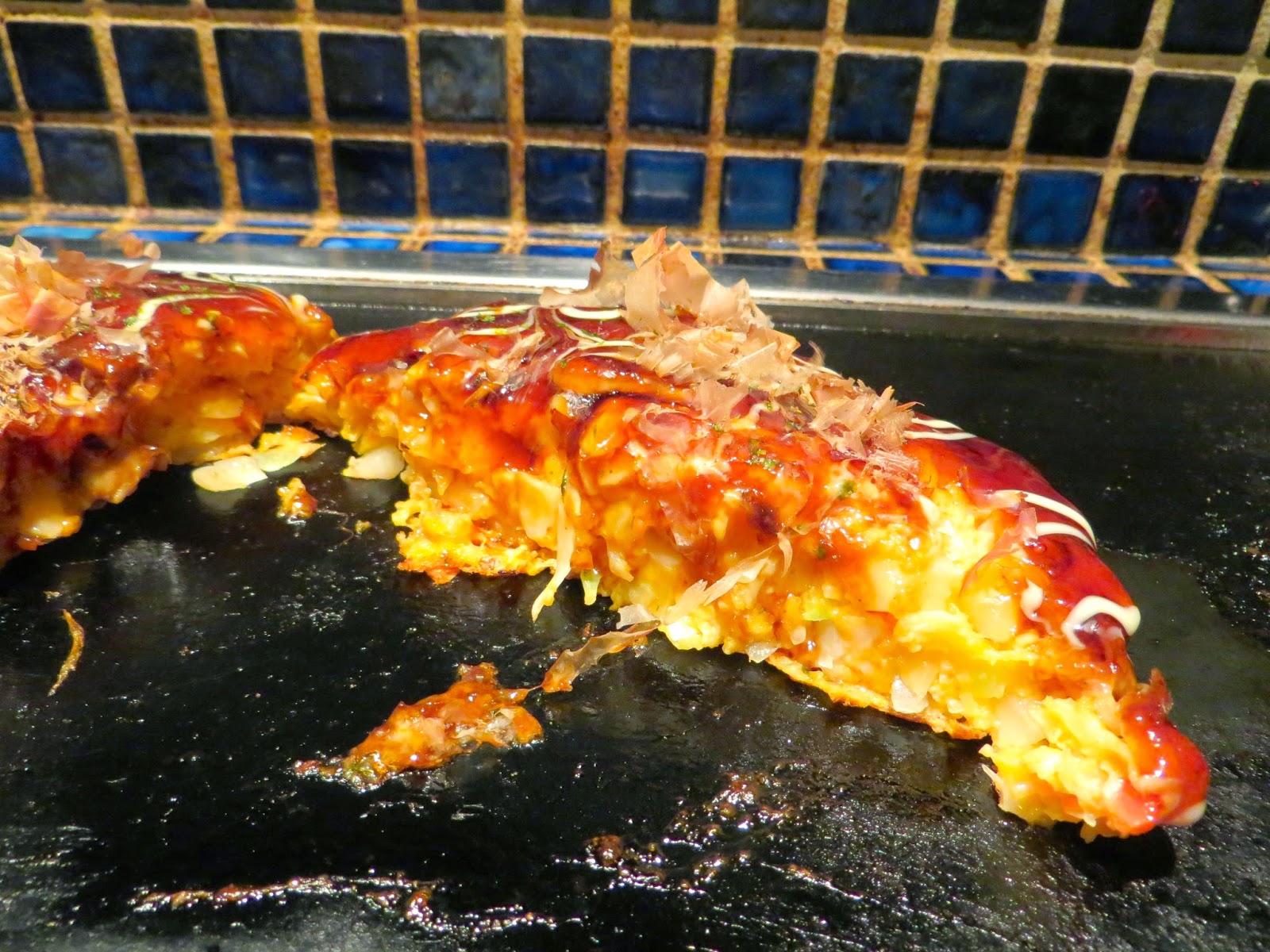We finally made another day trip out from Taiwan! We went to the cape of Yehliu in the north. It's near the city of Keelung, and the coastal area is full of ships and harbors. The bus ride from Taipei took only about an hour.
We got off the bus at one of the fishing harbors in the area. Colorful ships floated around in very dirty waters. There is a large fish market in the area, and I do hope they get their fish from waters further out from the polluted shores!
The entire town near the water appeared a bit run down, and the cloudy weather on that day contributed to the grimy feel. I've noticed that a lot of the smaller Taiwanese towns outside of Taipei tend to have a more industrial feel and aren't as modern or well-maintained as the capital.
The main attraction in the area for visitors is a large geopark with cliffs and interesting rock formations, called Yehliu Geopark. I paid $80 TWD (~$3 USD) for a ticket. There were so many busloads of tourists at this park that I wondered why I hadn't heard of it before.
These spires of rock take on interesting shapes. This one is called the Princess's Head II. Do you see the shape, with the hair pouffed up in the back? There is also a Queen's Head.
The park reaches out to the sea on a peninsula. You can walk along the path with white foamy waves crashing alongside the rocks.
There are so many more rock formations. Tourists like to pose with the different rocks, but there are lots of strict security guards in the area who will yell at people who touch the rocks and tell them to stop. I guess people's clumsiness can erode and destroy rocks just as much as water can.
I really enjoyed watching the waves. The creamy foaminess of the water as it collided with the rocks reminded me of a milky latte.
The sides of the cliffs showed off layers of colorful sediment. It reminded me of the geological processes I learned in high school Earth Science class.
I went down into the area with the different rock spires. It was really difficult to take photographs without people in them, since tourists were climbing all over the place and getting yelled at by the security guards.
Yehliu Geopark is a really unique attraction close to Taipei. It was a fun and inexpensive day trip, and we capped off the day with a visit to a large night market in nearby Keelung before heading back to Taipei.




















































